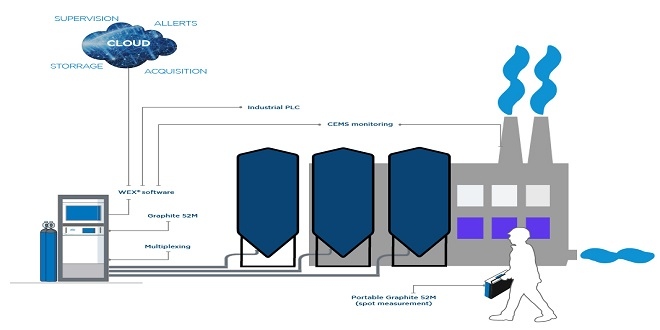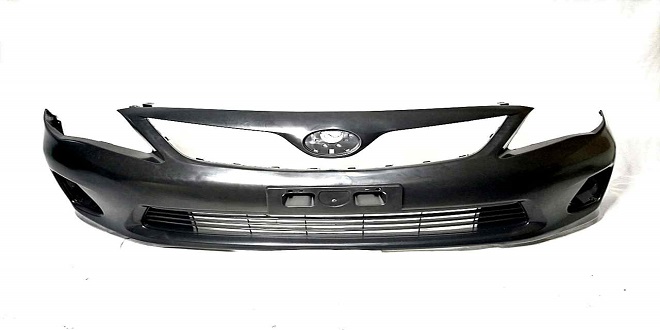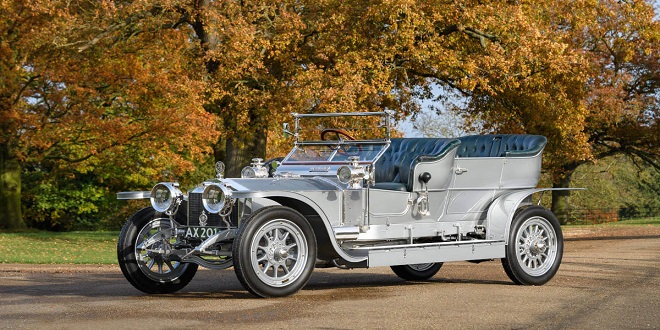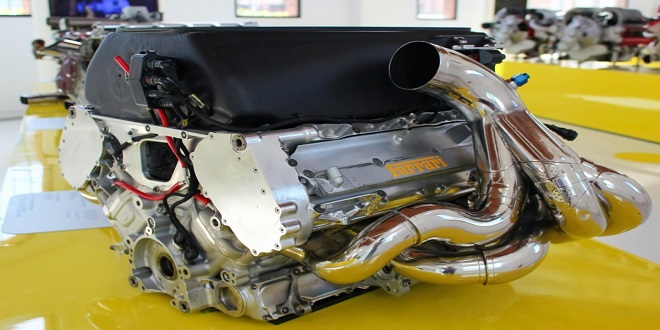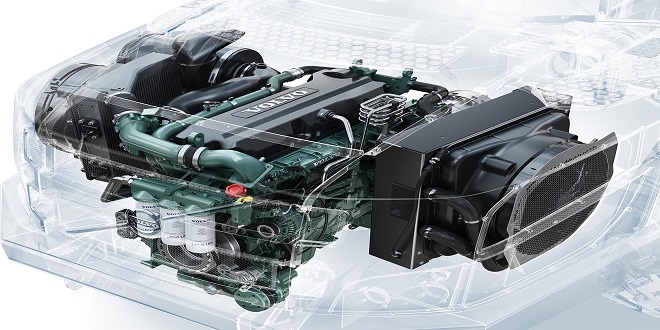Oldsmobile golden rocket Mercedes-Benzes W196
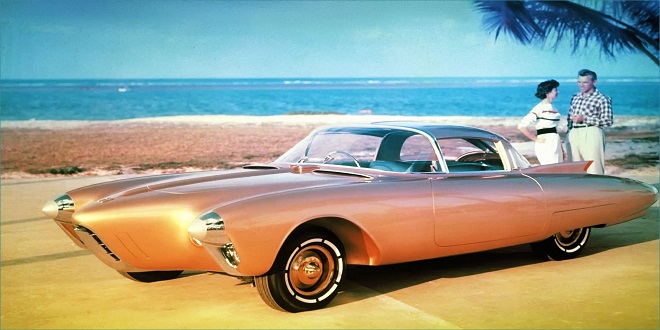
One of the stars of General Motors’s 1956 Motorama line-up, this space-age dream car certainly added sparkle to Oldsmobile’s dowdy image. Its interior, too, boasted clever ideas that made for easy access despite a very snug, close-coupled cockpit.
When the driver or passenger door was opened, a roof panel would automatically swing upwards. Simultaneously, the seat would rise by 3in (8cm) and swivel around 45 degrees to accept the occupant. Once enclosed, the driver was then faced with an incredible steering wheel.
A thin rim was supported by two spokes that formed, de facto, the steering column, tapering right back into the dashboard to converge with the distant steering wheel “center,” which was actually a large speedometer.
Buttons on the wheel meant it could be tilted to suit the driver, or make access even easier—a genuine innovation. The rocket-inspired exterior suggested ultra-rapid forward acceleration. Positively glowing in its burnished gold paintwork, the plastic body featured prominent chrome warheads fronting each wing, which then tapered gently to two chrome tips.
The effect was like two torpedoes, enlivened with two small fins at the rear that looked something of an afterthought. Among its 1956 Motorama stablemates on their pan-US tour, the Golden Rocket was eye-catching; on its own, it was sensational.
When it was exhibited solo at the Paris motor show 18 months after its American unveiling, it was still acclaimed as one of the absolute stars of the show.
Pontiac xp-200 club de mer
After all the space-age excess that had characterized the so-called “dream cars” paraded by General Motors in the first half of the 1950s, the Club De Mer was as refreshing as a sea breeze.
Not that it wasn’t a dramatic-looking car, especially with its prominent stabilizing dorsal fin jutting out from the rear deck.
Renault etoile filante
The two buzz phrases in the global car industry of the 1950s were “aerodynamics” and “jet-powered.” Many show cars of the time adopted one of these themes to grab attention, but Renault decided to unite both in 1956, to pursue a serious goal: the world land speed record for a gas-turbine car.
The intention was to study “problems of control, road-holding, and braking far in excess of their present knowledge” and, more usefully, to sprinkle a little marketing gold dust on the new Renault Dauphine family car.
Aurora
The Aurora wasn’t quite the first experimental “safety” car. That accolade goes to “Survival Car 1”, revealed in 1957, and bankrolled by the Liberty Mutual insurance company. Aurora was unveiled the same year but, in contrast, was fully functioning (rather than a static exhibit).
More importantly, the Aurora took careful account of pedestrian safety. This remarkable-looking car was the four-year project of a Catholic priest, Father Alfred Juliano of the Order of the Holy Ghost, with financial help from his congregation.
Edsel Pacer
Edsel was an exercise in corporate buccaneering that rapidly became a byword for failure. The venture proved an expensive fiasco for Ford (it lost $350 million), and the resultant cars were extraordinary for their very ordinariness.
Last word
Despite Fiat’s 1936 500 “Topolino” being a well-liked little car in its day, the Nuova 500 of 1957 is what the motoring world today perceives as the original 500. The first 500 had a tiny four-cylinder engine, water-cooled and front-mounted; this all-new one boasted a twin-cylinder, air-cooled powerpack at the back.

